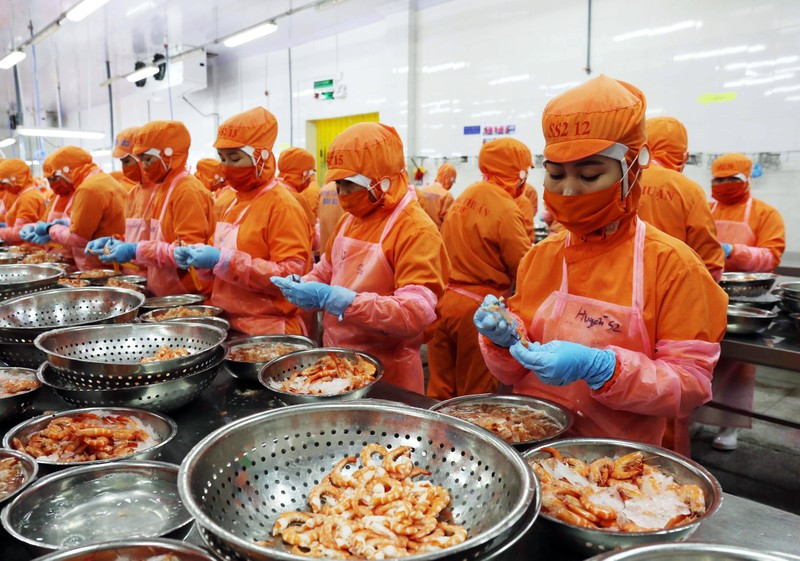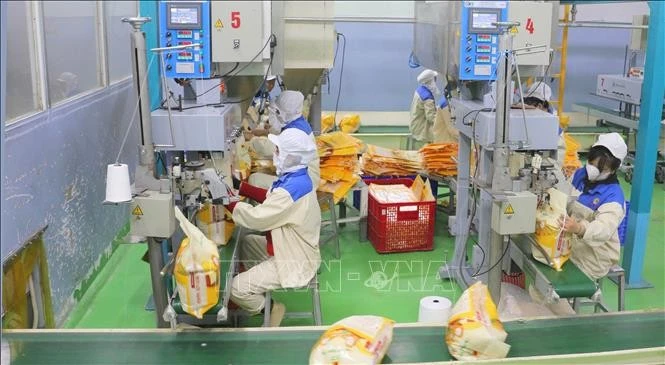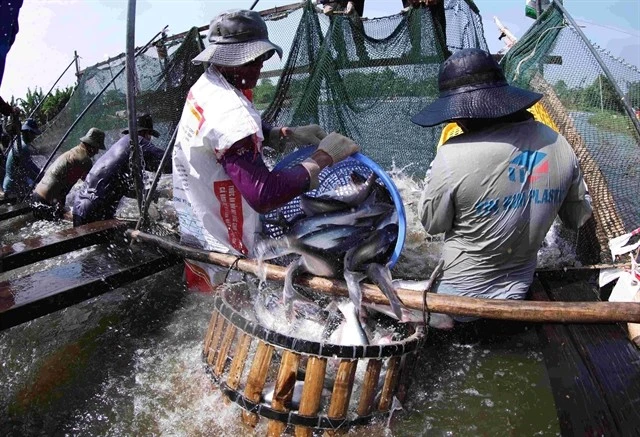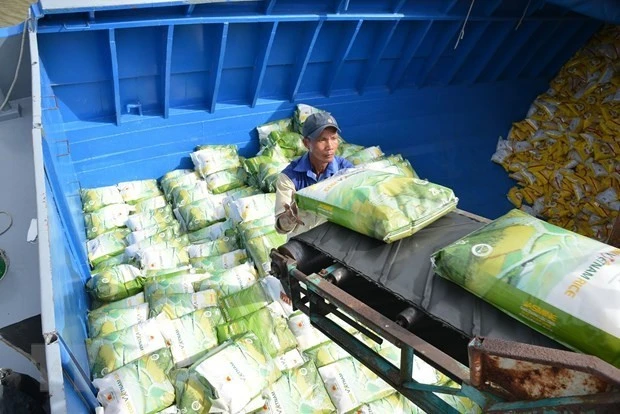In the meantime, dried fish and canned fish were bright spots with both seeing higher revenue than the same period last year. Anchovy and yellowstripe scad are the two most favoured Vietnamese dried fish.
The biggest markets for Vietnamese dried fish were China (56%), Russia (17%), Malaysia (8%), Hong Kong (China) (4%) and the Republic of Korea (3%). Other markets such as Romania, Australia and Lithuania also increased their import of Vietnamese dried fish in recent months.
According to experts, the export figures of dried fish suggest that inflation has changed consumers’ habit and fresh products are being replaced by dried and canned foods.
During this difficult period, Vietnamese seafood enterprises have realised this trend and adjusted their business plans accordingly.
On the one hand, enterprises have actively taken part in international seafood trade fairs such as those in the United States, Spain and Japan. For example, the event in Barcelona in late April attracted 38 Vietnamese seafood companies, double the figure from in 2022. During the exhibition, VASEP, which represents Vietnamese seafood producers and exporters, held various activities to promote Vietnam’s key seafood products.
In 2023, activities are also held to showcase the dishes made from shark catfish, shrimp, and tuna by Vietnamese cooks living and working abroad.
On the other hand, this is also an opportunity for seafood producers and exporters to step up and refine the deep processing of seafoods. In the past, when materials were abundant, enterprises usually opted for basic processing and then exporting.
Recently, enterprises have shifted to advanced processing and targeted demanding markets such as Japan, Europe and the US. In addition to the pressure to make prices more competitive, seafood providers must also pay attention to adding more services for their products to stimulate demand. For example, many distributors are offering fish products that are cut, marinated, ready-made or packaged with seasoning and cooking instructions.
When the processed products can satisfy the preferences of consumers, it will benefit both consumers of the importing countries but also Vietnamese processors and exporters. It is estimated for one dollar of capital, exporters can earn 5-7 dollars from deeply processed foods, while the revenue for exports with basic processing is only 1.5-2 dollars. Developing the deep processing industry is also the foundation for Vietnam’s seafood industry can integrate more deeply into the global seafood supply chain.



![[Video] Seven inspection teams formed to stabilise market during peak Tet period](https://en-cdn.nhandan.vn/images/9f233ae74386156ace55673ec5a8ea373e7bb5df2274800bfd51bda6ec86d9464d289201deda54c246314a974e2f0aef0bc69929884e4c53fd4eb6a1f98b468f6ae70becd9f49b834a8b9195e077c25b/anhminhhoavideo-110126-2.jpg.webp)












